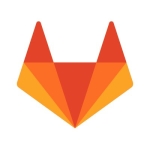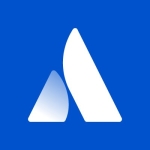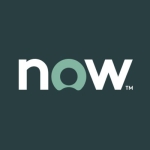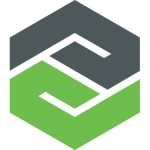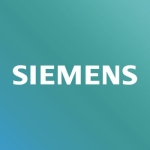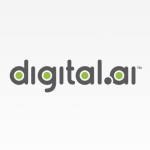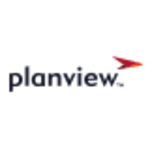It provides teams the ability to define, prioritize, and monitor the progress of both their operational and project work. The big win is the fact that we are using the same tool outside of IT. It’s a huge win when your internal customers are also using the same platform for defining, tracking, monitoring progress on their objectives. The non-IT departments that have teams using the tool are marketing, operations, training, and human resources.
Provides portfolio, department, and program managers the ability to define, prioritize, and monitor progress on larger initiatives being delivered by multiple teams.
Make it easier to export information outside the tool for additional data visualizations and metrics. The tool does have a REST API, but that requires us to use a developer. The tool does have CSV exports for everything, but that’s a manual step.
Make it easier to share CA Agile Central information to non-CA Agile Central users. Not everyone in our organization is a licensed CA Agile Central user. Those users who are not licensed and provide work to the users on our platform, have a hard time tracking their work requests.
Provide the ability for team members to customize their custom fields/custom workflows without needing a tool administrator to set it up for them.
Mobile friendliness: It would be nice if we had the ability to view and change the state on assigned tasks from a phone.
CA Agile Central integration is great! Currently, everyone who has an CA Agile Central license has a Flowdock license. Unfortunately, it costs a lot of money to add non-CA Agile Central users to Flowdock. And a messaging platform is useless if you can’t message all your stakeholders within the organization.
There is no ability to easily create a work intake portal where a stakeholder can enter new work, have it routed to the appropriate team, and be able to track the work status. You can buy an integration engine that syncs your ticketing system with CA Agile Central, but again, that’s more money.
I’ve used CA Agile Central for four years.
Once in a while, it has performance problems. Nothing terrible and nothing we have not seen with other SaaS vendors.
We have not had any issues with scalability.
Technical support is fine. They assign a customer success coach that we use for tools training and tips. We are pretty self-sufficient now that we do not have to lean on them very often.
We did have other tools before CA Agile Central and we currently still use other vendors for managing other types of work. The best tool for the job really depends on the type of work you do, the work management methodology the team uses to get work done, and who the team’s stakeholders are.
Setup was easy for team-level usage. It gets more complex as you try to scale up your agile practice. Scaling up only happens when teams agree to portfolio standards such as your work hierarchy and planning cadence.
It is an expensive tool. Bring in a good negotiator. The money is worth it when you are trying to do agile at scale.
The nirvana for all organizations is to implement end-to-end enterprise business agility. It’s a lot easier to do that when you have a tool that allows you to capture all the data you need and systemically roll that up for your enterprise portfolio reporting. CA Agile Central is a tool that enables you to do that. BUT, in order for data to be entered consistently, you really do need an enterprise coach. If you are not implementing agile at scale, I would recommend a cheaper tool that is also mobile-friendly. CA Agile Central is a tool that solves the agile-at-scale challenge, and is still user friendly enough to handle non-IT work loads.


